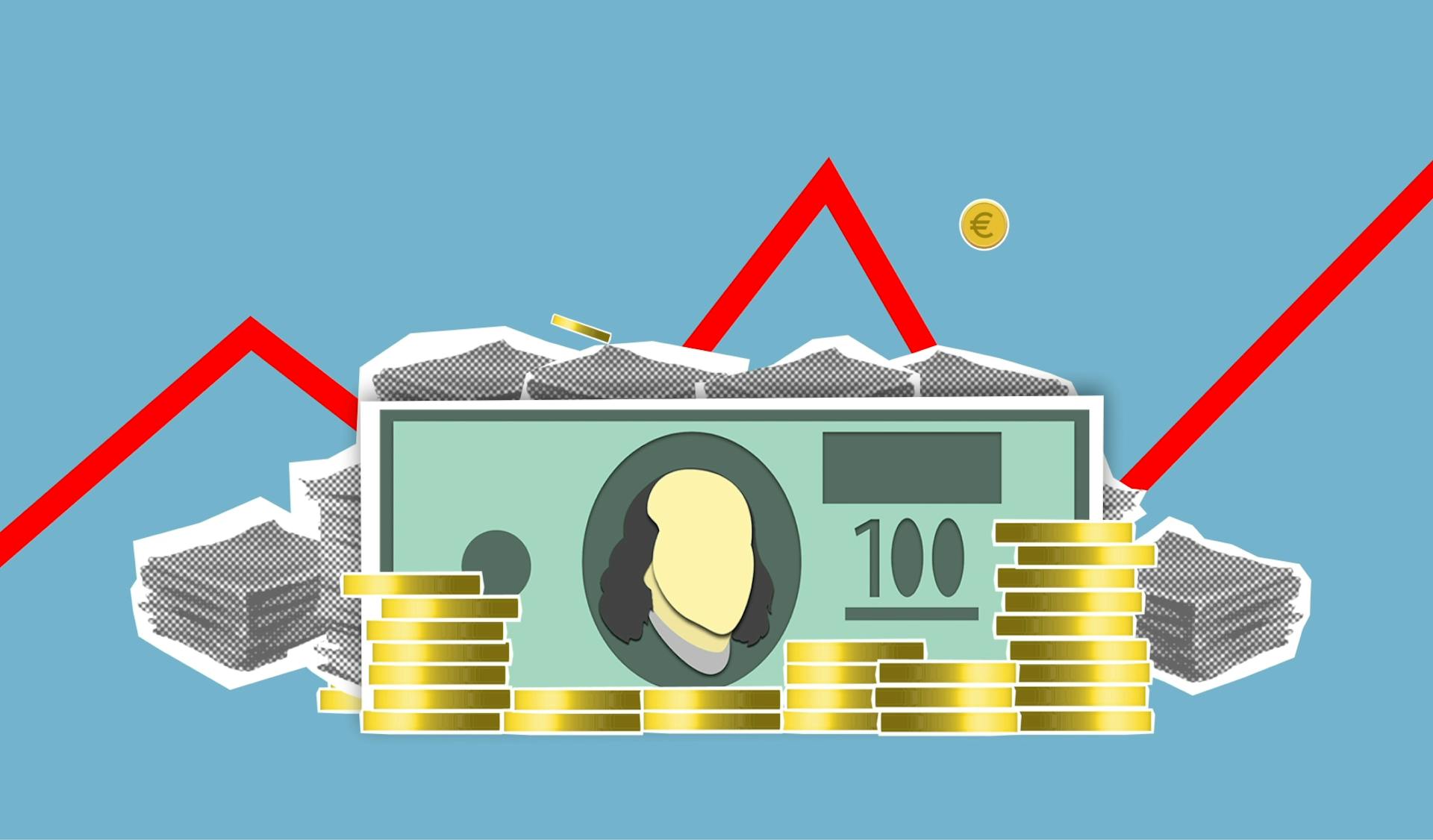
Understanding the concept of capital stock is essential to grasping business ownership.
Capital stock represents the total value of a company's shares.
It's a crucial aspect of a company's financial structure, determining the ownership and control of the business.
The total value of capital stock is typically divided into smaller units called shares.
What is Capital Stock
Capital stock is a way for companies to raise capital without taking on debt. It's issued to investors who can buy the shares or exchange them for assets needed for operations.
The number of outstanding shares isn't always equal to the number of authorized shares, which is the maximum a company is legally allowed to issue. Authorized shares can be common or preferred stock.
Issuing capital stock allows a company to raise money without incurring debt and interest charges, but it means giving up equity and diluting the value of each outstanding share.
Understanding Capital
Capital stock is a way for companies to raise money to grow their business. It's issued to investors, who can buy shares in the hopes of making a profit from price appreciation and dividends.
A company can issue capital stock to raise funds without taking on debt, which means they don't have to worry about interest charges. However, this means they're giving up some of their equity and diluting the value of each outstanding share.
The amount of money a company receives from issuing capital stock is considered a capital contribution from investors, which is reported as paid-in capital and additional paid-in capital in the stockholder's equity section of the balance sheet.
The common stock balance is calculated by multiplying the nominal value of the common stock by the number of common stock shares outstanding. The nominal value is usually $1 or less and has no relation to the market price.
Here are some key things to keep in mind when it comes to capital stock:
- Capital stock can be issued to raise capital for business growth.
- Issuing capital stock can dilute the value of existing shares.
- Capital stock is typically valued based on its par value and additional paid-in capital.
Treasury vs. Preferred vs. Common Stocks
Firms can issue some of the capital stock over time or buy back shares that are currently owned by shareholders.
The previously outstanding shares that are bought back by the company are known as Treasury shares.
Authorized stock refers to the maximum number of shares a firm is allowed to issue based on the board of directors' approval.
Those shares can be either common or preferred stock shares.
A business can issue shares over time, so long as the total number of shares does not exceed the authorized amount.
Preferred stock is listed first in the shareholders' equity section of the balance sheet, because its owners receive dividends before the owners of common stock, and have preference during liquidation.
Its par value is different from the common stock, and sometimes represents the initial selling price per share, which is used to calculate its dividend payments.
Total par value equals the number of preferred stock shares outstanding times the par value per share.
For example, if a company has 1 million shares of preferred stock at $25 par value per share, it reports a par value of $25 million.
Pros and Cons of Capital
Raising capital can be a crucial step for a company to grow its business. Issuing capital stock allows a company to raise money without incurring a debt burden and the associated interest charges.
Companies can issue capital stock to raise capital and grow their business. This is a common way for companies to raise equity capital. Equity stock sales are one of the most common ways for a company to raise capital.
The amount that a company receives from issuing capital stock is considered to be capital contributions from investors. This amount is reported as paid-in capital and additional paid-in capital in the stockholder's equity section of the balance sheet.
Issuing capital stock can be a cheap and easy way for companies to raise capital. Unlike loans or bonds, equity capital is interest-free and does not have a set repayment schedule.
However, there are some drawbacks to issuing capital stock. Stock issuances can dilute the value of existing shares, which means that the value of each outstanding share decreases.
Here are the pros and cons of capital stock in a nutshell:
Overall, issuing capital stock can be a good way for companies to raise capital, but it's essential to weigh the pros and cons before making a decision.
Capital Stock Valuation
Capital stock valuation is a crucial aspect of a company's financials.
Capital stock is typically valued based on its par value, which is the minimum amount a company can sell its shares for.
The par value is often much lower than the actual market value of the shares, as seen in initial public offerings where the IPO price is normally well above the par value.
This difference between the par value and the IPO price is listed as additional paid-in capital, which represents the excess amount investors pay for their shares.
Any secondary offerings or share buybacks also affect the value of the capital stock, further adjusting the par value and additional paid-in capital.
Capital Stock in Financial Statements
Capital stock is a crucial component of a company's financial statements, and understanding it is essential for making informed decisions.
Authorized stock, for instance, refers to the maximum number of shares a firm is allowed to issue based on the board of directors' approval. This can be either common or preferred stock shares.
Issuing shares over time can incur legal costs, so authorizing a large number of shares is a way to optimize this cost.
Treasury shares are previously outstanding shares that are bought back by the company.
Preferred stock is listed first in the shareholders' equity section of the balance sheet because its owners receive dividends before the owners of common stock.
Here's a breakdown of the key differences between common and preferred stock:
A company's authorized stock can be common or preferred stock, and it's essential to understand the differences between these two types of stock.
Sources
- https://stockanalysis.com/stocks/chek/statistics/
- https://www.advfn.com/stock-market/NASDAQ/CHEK/stock-price
- https://www.investopedia.com/terms/c/capitalstock.asp
- https://ag.ny.gov/resources/individuals/investing-finance/stocks
- https://www.securities-administrators.ca/resources/additional-information/how-to-determine-the-value-of-an-old-stock-certificate/
Featured Images: pexels.com


